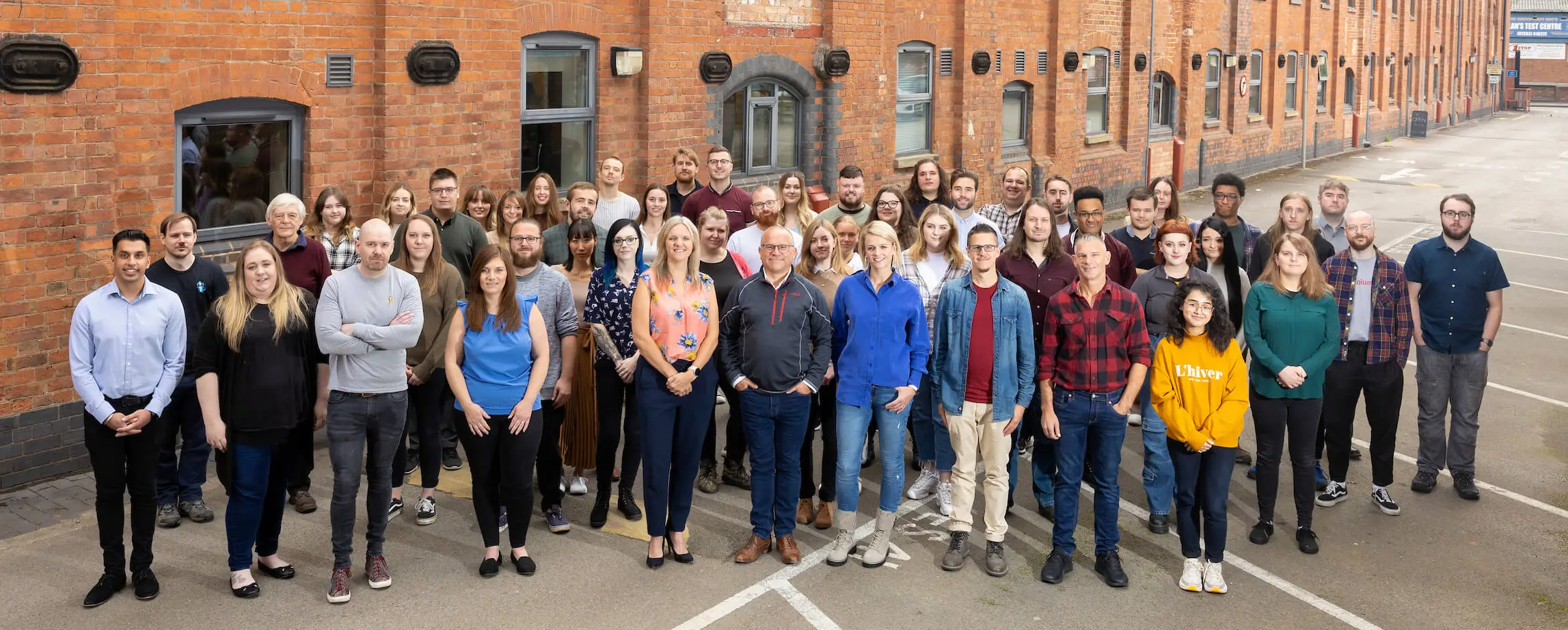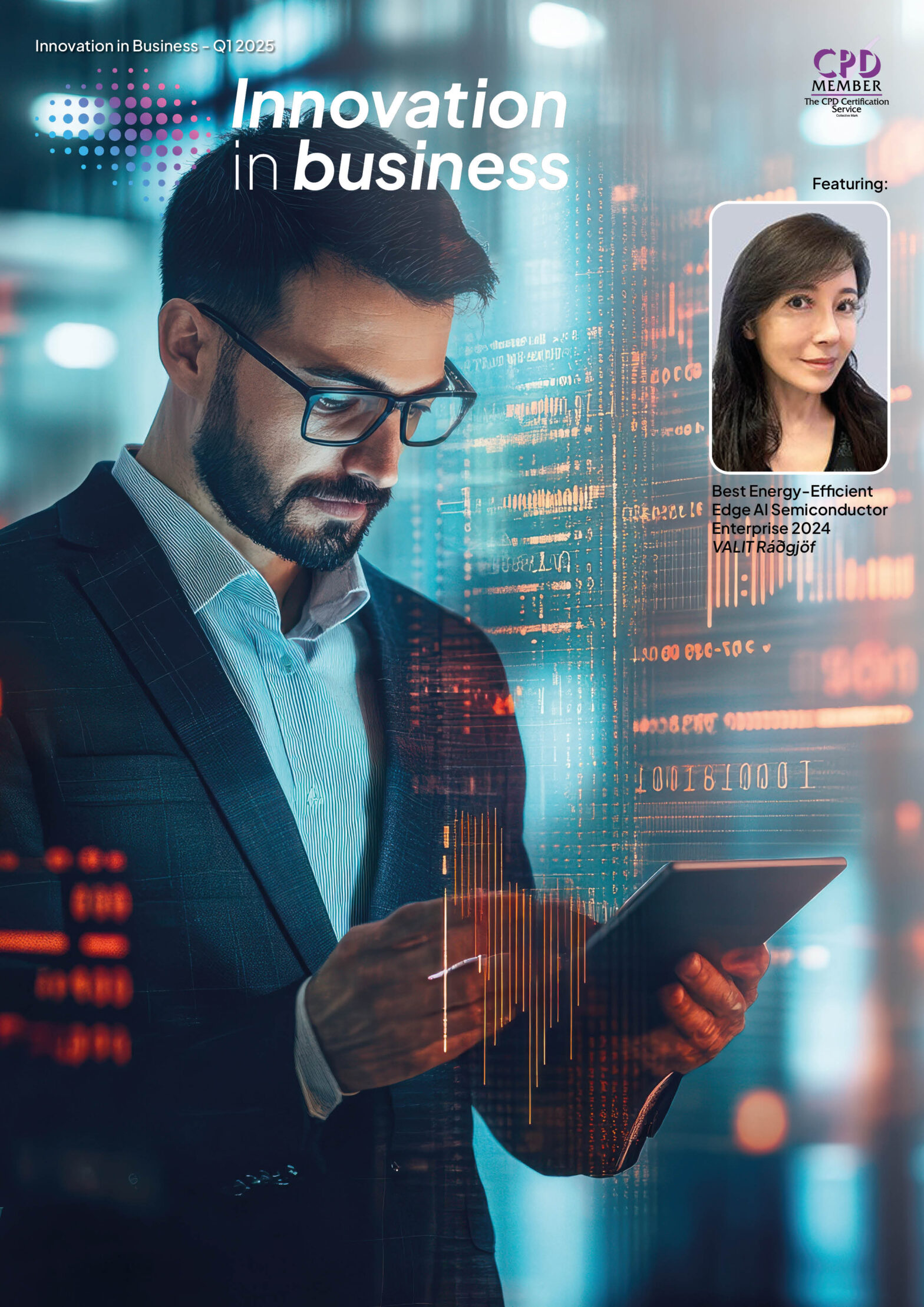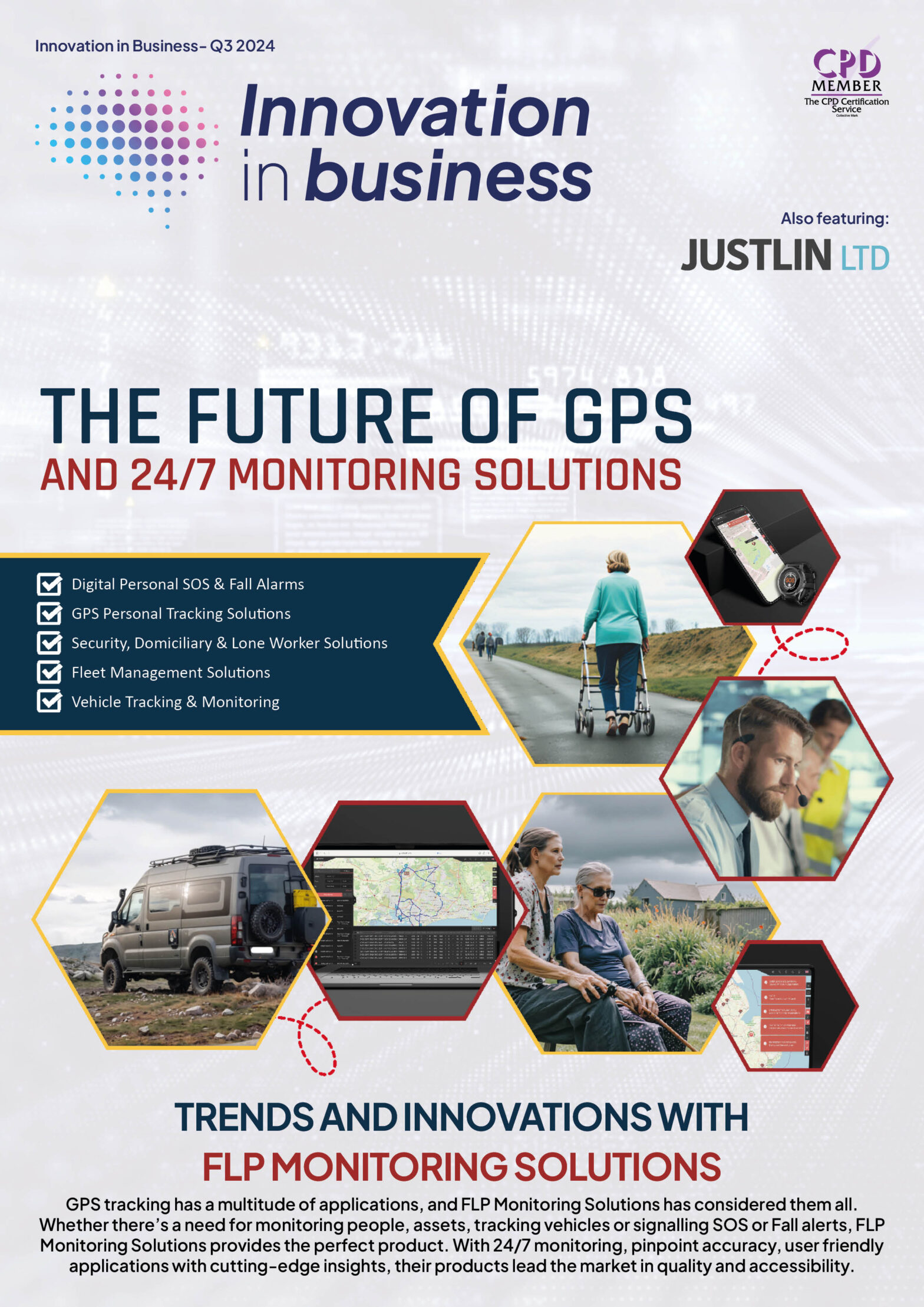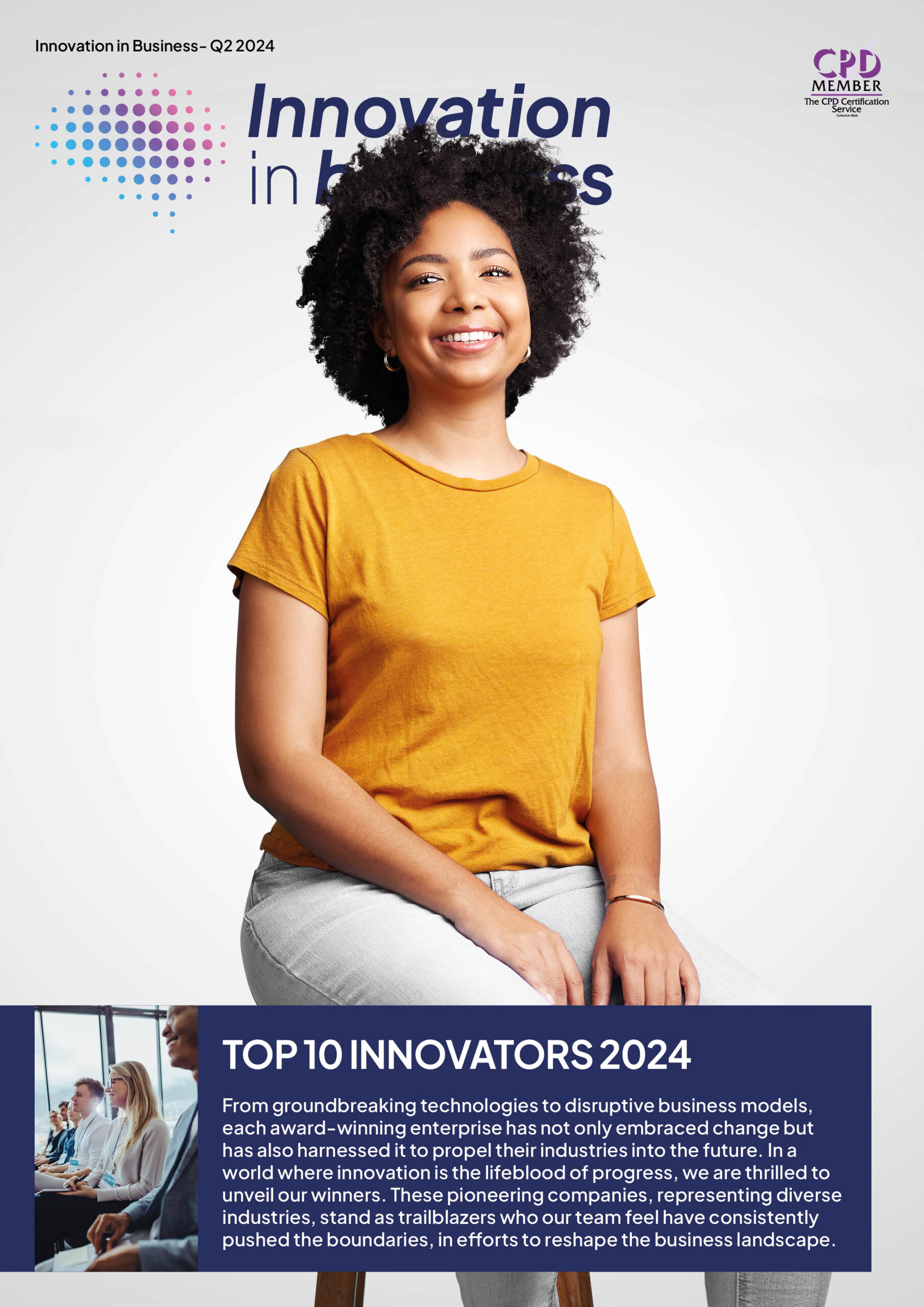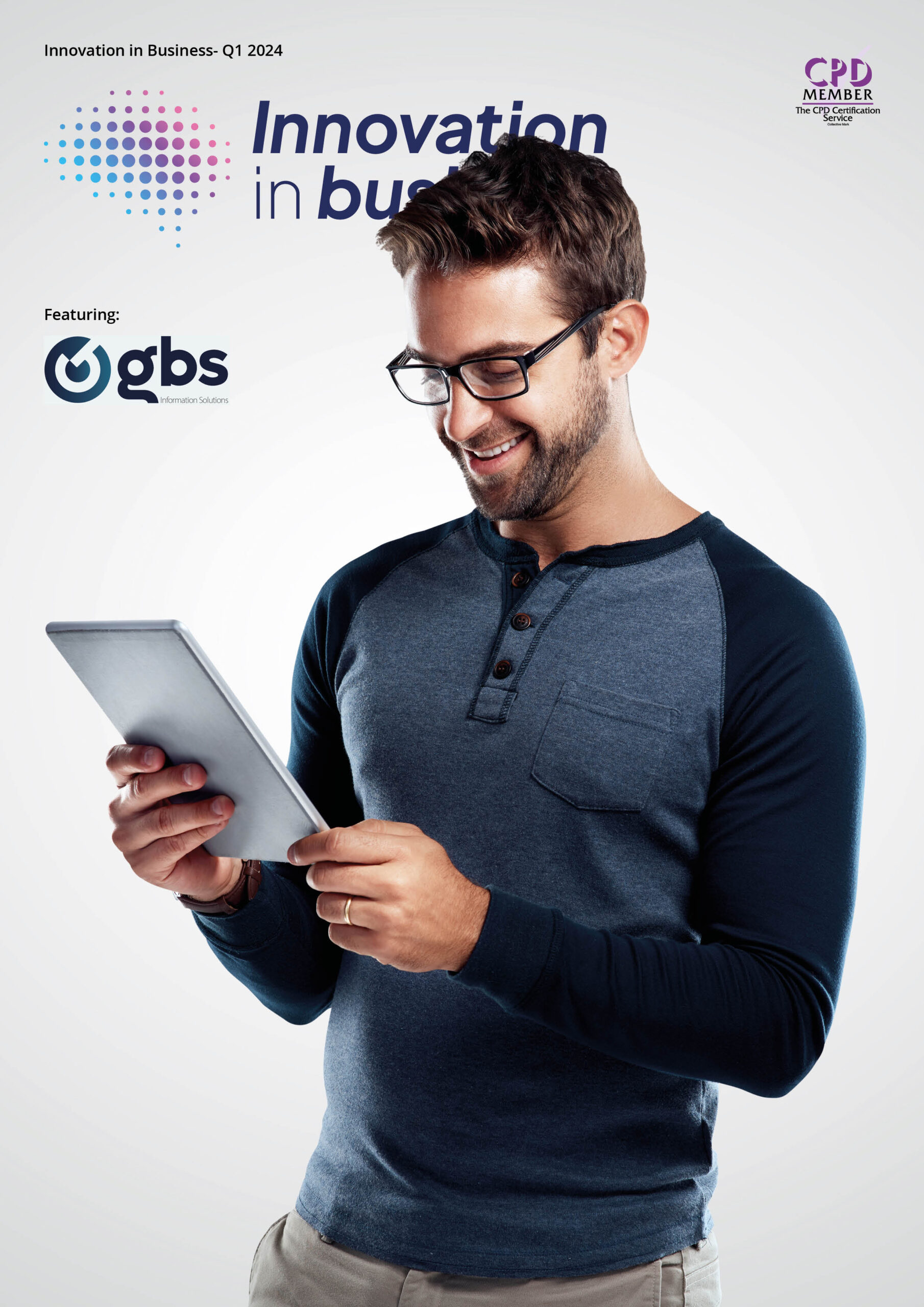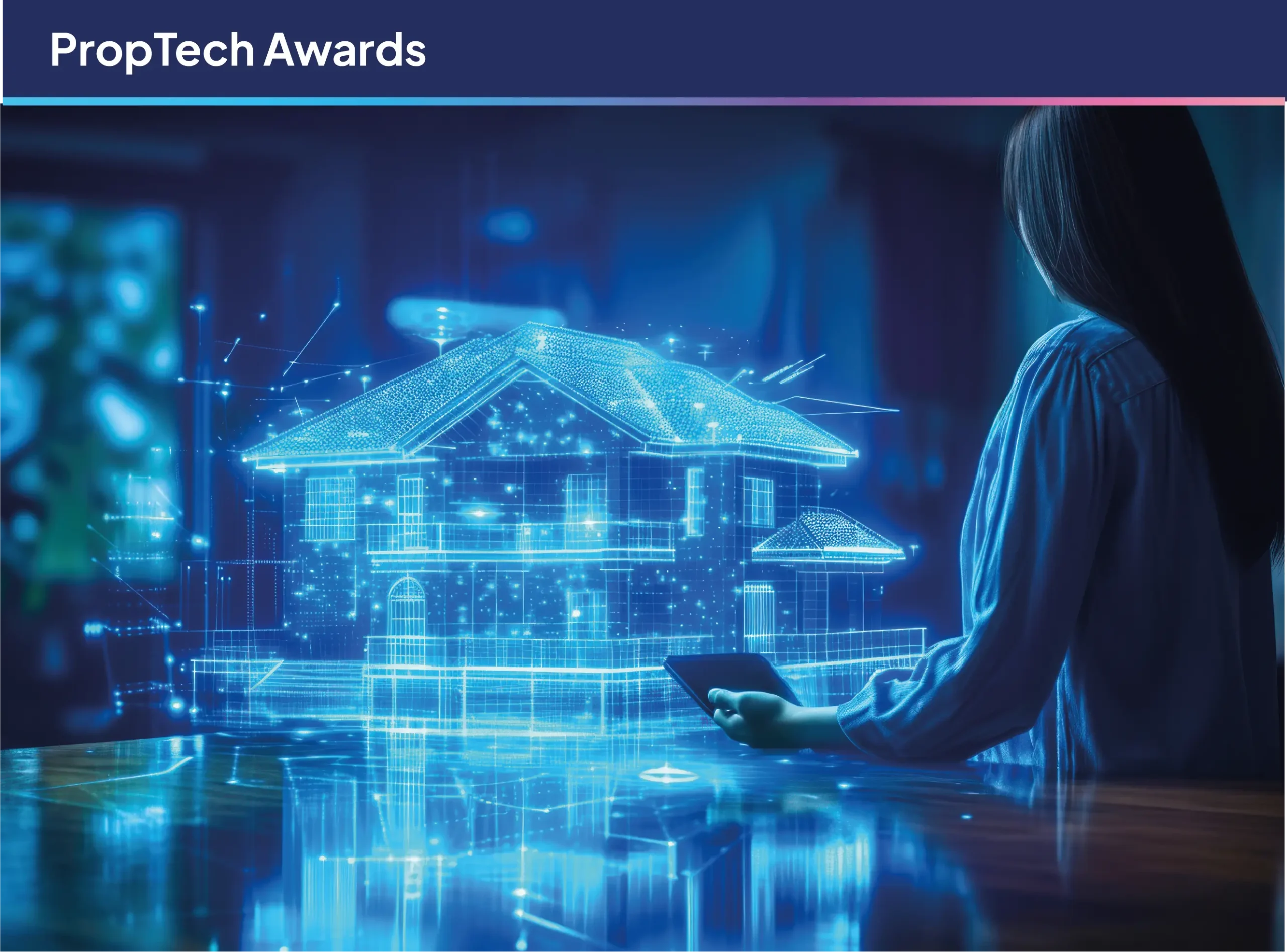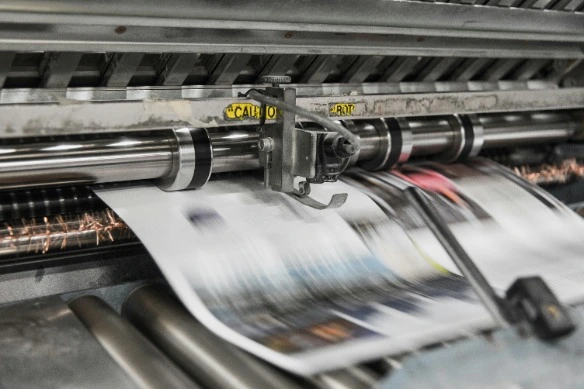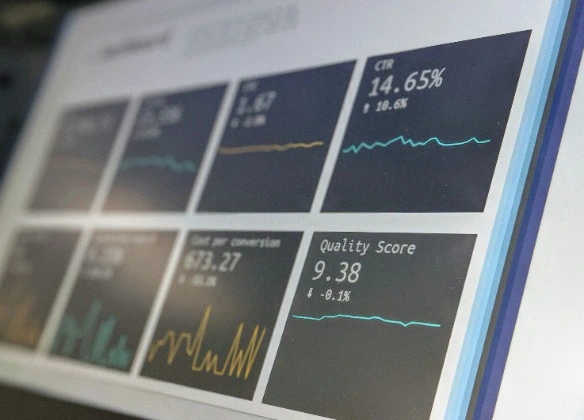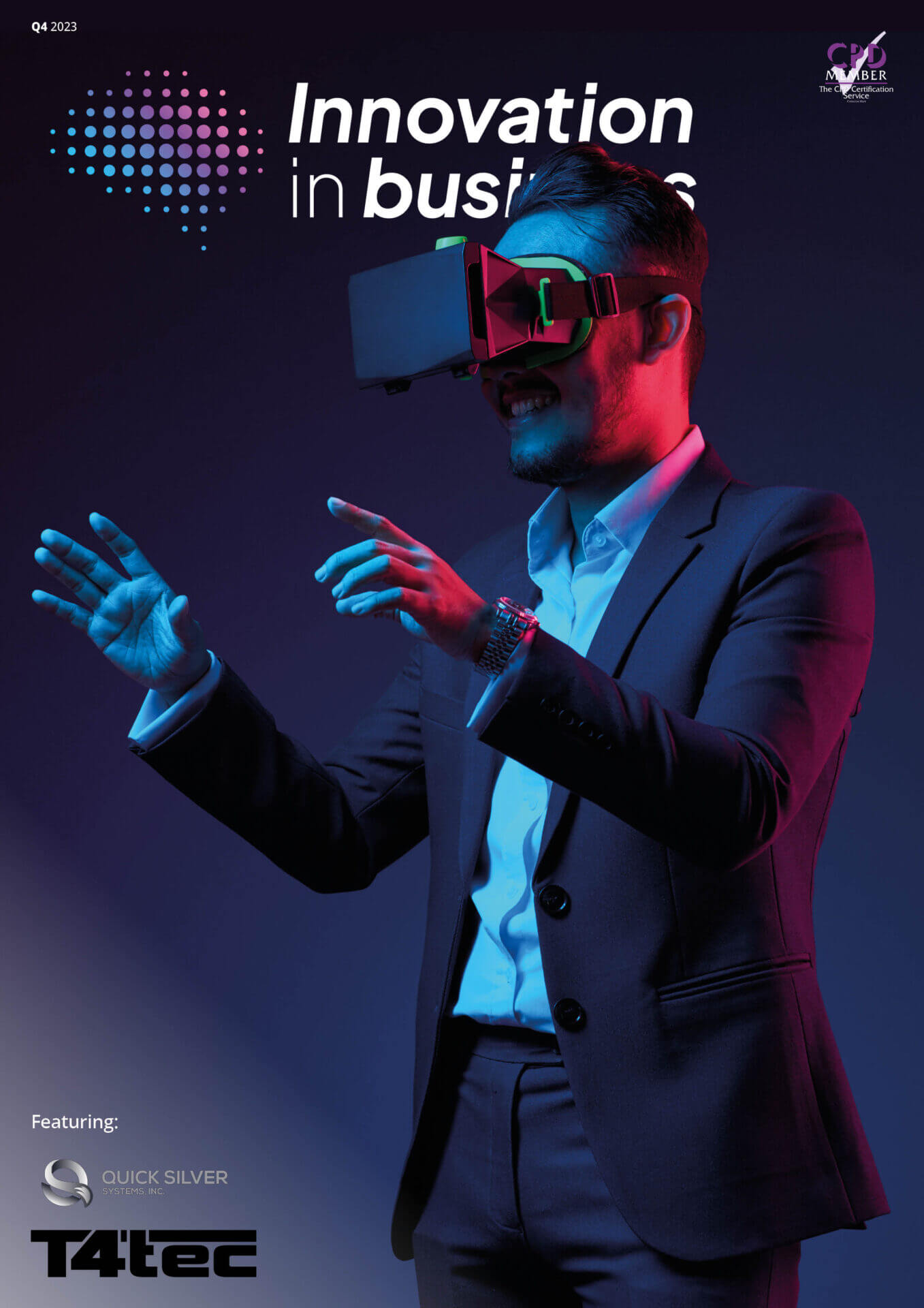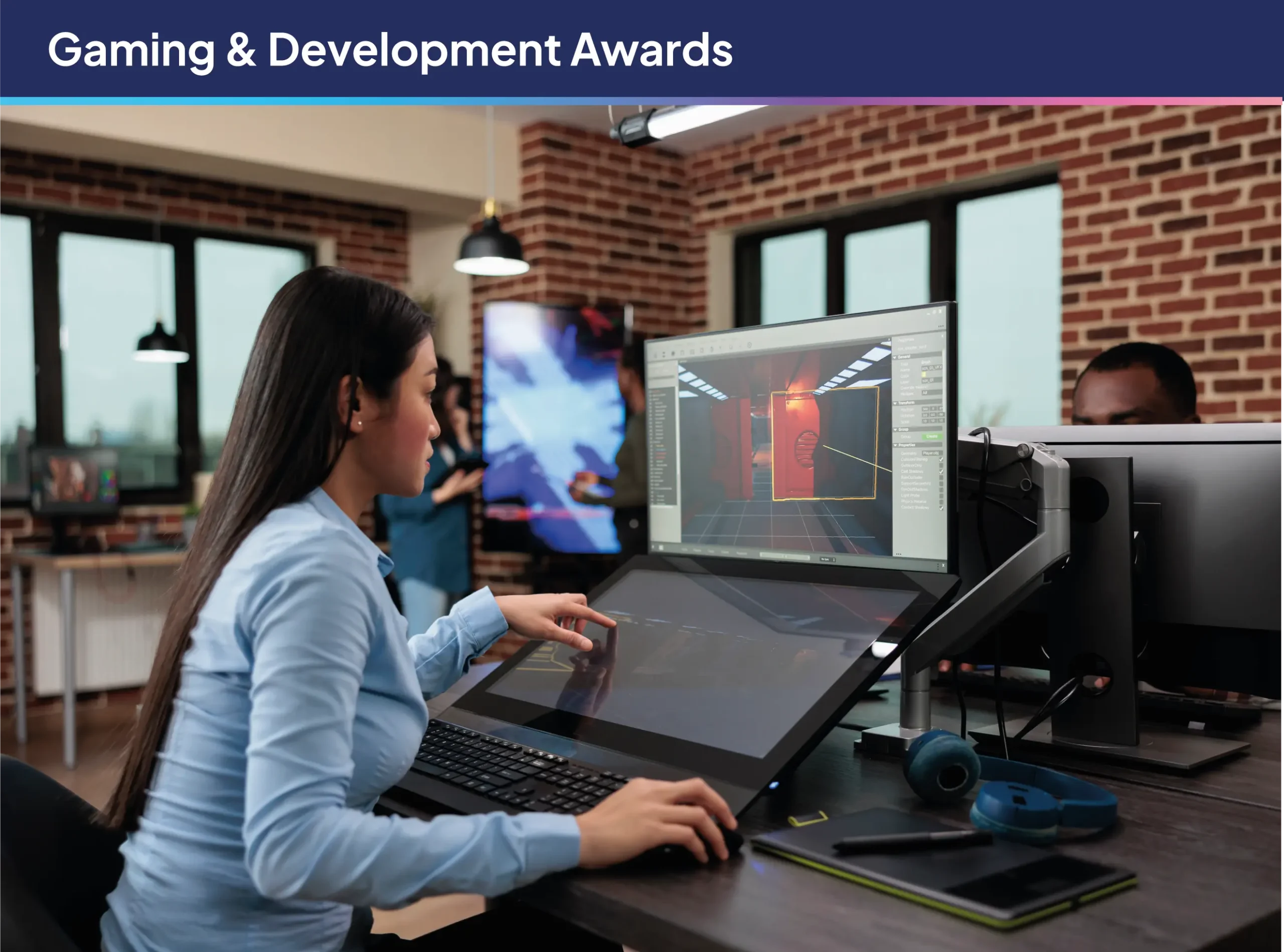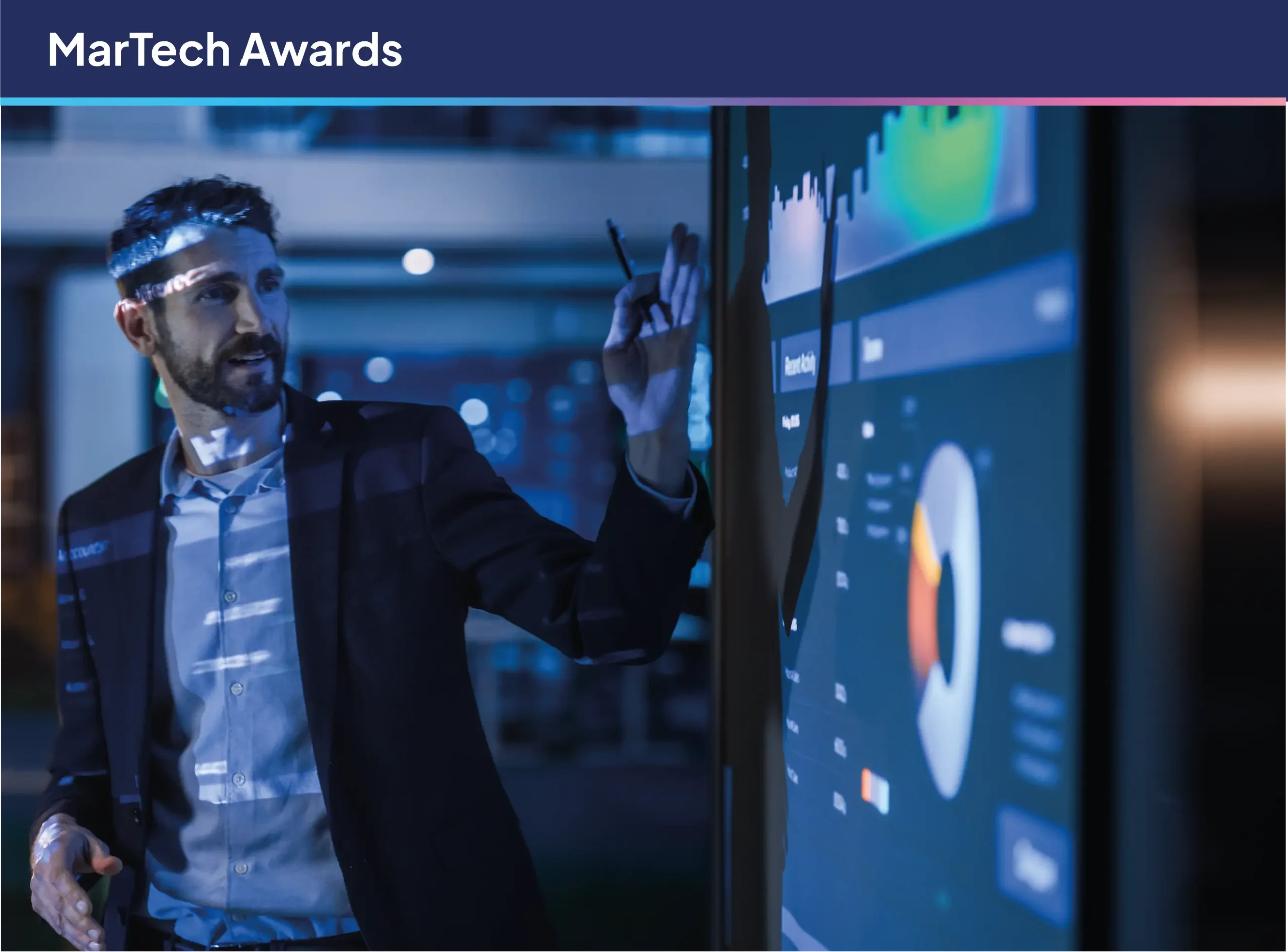

Achieving and sustaining SOC 2 compliance is a critical requirement for any organisation that deals with sensitive client data and for organisations working within strict compliance industries. SOC 2 compliant organisations mean assessed organisations have effective standards in place and practices to maintain not only security efforts but also regulatory efforts for data privacy, data availability, and data confidentiality. Thus, a headless CMS could make the process even easier and support an organisation’s efforts for SOC 2 compliance by ensuring security and content governance and meticulous management in almost one controlled hub.
Understanding SOC 2 Compliance and Its Importance
SOC 2 compliance is governed by the American Institute of CPAs (AICPA) and consists of five core components: security, availability, processing integrity, confidentiality, and privacy. Companies achieve SOC 2 compliance by demonstrating that they manage and protect customer data effectively. The means of achieving SOC 2 compliance is through rigorous external auditing and detailed documentation of controls and subsequent monitoring of those controls to ensure ongoing compliance. The advantages of achieving (and maintaining) SOC 2 compliance include improved customer trust and loyalty, better protection of sensitive data, and a leg up over competitors in industries where compliance is expected, like technology, finance, and healthcare.
The Role of a Headless CMS in Supporting SOC 2 Compliance
A headless CMS is a content management system (CMS) that lacks a front-end. Thus, the API delivers the content to different digital channels. Knowing how to create digital content effectively becomes crucial when utilising this approach. As such, with the separation of the system architecture and the potential for multiple entry points, a headless CMS is more prone to SOC 2 compliance due to better transparency, adaptable access, and enhanced security options. A headless CMS allows organisations to more effectively apply and enforce general governance policies with specific stipulations for access, content generation, and systems configuration, making compliance easier and less vulnerable than typical, in-channel CMS solutions.
Enhanced Access Control and User Permissions
One of the most important requirements for SOC 2 compliance is being able to properly limit who has access to sensitive information to be able to navigate an organisation’s systems and data environment. Access control specifically, stringent access control is something a SOC 2 compliant organisation needs by default because unintentional access (and sometimes intentional) through error or otherwise poses one of the greatest vulnerabilities as a threat to confidentiality, processing integrity, and system security. Thus, when access control is accurately managed, sensitive information remains safe, and only those users with authenticated approval have the ability to view, sort, or edit sensitive information.
To this end, a headless CMS boasts particularly robust and detailed access control features, which often present themselves in permission control systems that allow for role-based permissions. Such control systems allow for roles to be assigned based on job description, job function, or even security clearance.
For instance, a content editor has the ability to add, write, and edit posts but not to publish or change access permissions while a person on the super administrator level would have that permission and more, such as user controls and publishing considerations down to delicate system attributes. The organisations can create permissions to a very specific level with even single fields denied or allowed, certain content types, or levels of APIs.
Furthermore, headless CMSs usually log and audit these permissions extensively, giving the administrator both a log of who did what, when, and if they edited the permissions themselves. Such an audit logging feature adds another layer of transparency and accountability for what was and wasn’t done, and it allows an organisation to quickly assess when something goes wrong with access that was meant to be secured but now appears suspicious. Log reviews and audits can be done periodically for compliance or security incident response efforts, providing another secure control.
In addition, the permission features are easily changed due to the nature of headless CMS architecture. This allows for permissions to be altered flexibly and dynamically to meet business needs or security concerns as they develop. For example, if compliance-required access levels differ today than yesterday, the administrator can update permissions on the fly, providing access in some cases and removing it in others, creating new roles (where necessary) during compliance audits or regulatory determinations to satisfy SOC 2 standards.
Ultimately, a headless CMS architecture’s powerful access control features align with SOC 2’s strict security requirements for compliance and allow companies to effectively manage who sees what content/information and when/how/where in a comprehensive, clear, and customisable fashion. The fact that such compliance and security standards can be surpassed means that companies can reduce vulnerability concerning private data and rest assured they’re protected in the eyes of the customer, auditor, and regulatory agency.
Robust Audit Trails and Logging Capabilities
Another compliance requirement of SOC 2 is auditability. Organisations should be able to demonstrate an audit trail of changes to data and who accessed which system. Many headless CMS solutions offer even more sophisticated logging features that track who did what and when, but also features that log when something is changed in content. Therefore, the audit trail reflects not only access to the system but also what actions were taken and when. This allows an enterprise to more easily print audit trails for third-party auditors for compliance presentation and a reliable and proactive compliance strategy.
Data Encryption and Security Standards
SOC 2 compliance is favored by safe storage and transmission. Most headless CMS solutions are inherently secure with their own encryption standards. For data not in use (data at rest), encryption takes place through AES or 256-bit encryption. For data in transmission, HTTPS and SSL/TLS are employed. Therefore, when the data is encrypted at every step during the storage and transmission process, the chance for a data breach or accidental seizure is minimised, thus favoring SOC 2 confidentiality and privacy regulations.
Improved System Availability and Reliability
Another important SOC 2 requirement is availability, which stipulates that systems should constantly be operational and accessible. Many of the headless CMS solutions are created on modern, scalable cloud infrastructure, which naturally possesses high availability, out-of-the-box redundancy, and fault tolerance. Therefore, companies receive infrastructure management capabilities that internally manage backups, accommodate failovers, and facilitate disaster recovery. Such systems ensure service availability stabilisation and content service delivery, which directly correlates to the SOC 2 need for consistent operation of systems.
Effective Incident Response Management
Incident response plays a pivotal role in SOC 2 compliance because the quicker an entity can react to a security-related incident, the less damage or data loss is likely to take place. Thus, from a compliance nature, a SOC 2 audit relies upon the notion that entities will have the capability to not only respond to security-related occurrences, but also, there’s a repeatable process in place to either avoid being detected or being detected and responding over time.
A headless CMS enhances an organisation’s incident response efficiency by incorporating real-time monitoring and automated alerting. For instance, these types of platforms possess characteristics whereby they can assess, in real time, the security state of the CMS environment. They log user activity, API requests, content edits, and general configurations of the platform; they discern activities that signify potential security breaches or malfeasance by Administrators. Through automated alerts email, SMS, and messaging services Administrators are alerted in real time, allowing for on-the-spot assessment and remediation of potential threats in the most time-efficient and effective manner possible.
Such an immediate notification system not only gives administrators and security staff vital, real-time information to act upon, but also enables specific actions in containing a potential security incident and its repercussions. For instance, administrators can immediately revoke access, sign out an inappropriate user profile in question, or isolate an infected document from further exposure or data breach. Therefore, such a system minimises reaction time dramatically and allows for better organisational incident response to minimise devastation and protect valuable customer and company data.
Furthermore, with the extensive visibility and audit logs of a headless CMS, incidents are easier to investigate and perform root-cause analysis. Administrators can see exactly what occurred, when it occurred, and where, along with how. This forensic detail allows a security team to quickly understand vulnerabilities and assess correlations with incidents to take targeted actions to decrease the chances of something similar happening again.
Ultimately, the incident response capabilities of a headless CMS enhance an enterprise’s potential to meet SOC 2 standards regarding incidents. The capacity to identify problems as they arise and alert users immediately, along with the potential to investigate thoroughly and connect with state-level and international security systems, instills not only compliance considerations but also assurance in surpassing SOC 2 standards regarding incidents. This type of disaster recovery framework empowers any organisation with the means to avoid data integrity storms before they ever come to pass.
Centralised Content Governance and Policy Management
A headless CMS facilitates centralised content management and policy governance initiatives inherently required by SOC 2 compliance. Therefore, once the policies are established regarding content creation and review, usage, and storage, everyone across every department and team knows the same information without variance. Centralised management helps easier compliance tracking of internal and external requirements because what one department does with content is the same for everyone. In this way, compliance with the SOC 2 framework is a more manageable initiative because it won’t be dispersed in a traditional CMS framework, adding conflict.
Scalable and Flexible Security Frameworks
As organisations grow, the compliance requirements of SOC 2 change, and a security infrastructure must be sufficiently scalable and flexible to adapt without concern. Fortunately, headless CMS solutions are designed for flexibility; thus, if at any time an organisation requires additional security integrations, additional monitoring software, or additional compliance oversight programs, it can seamlessly add them. Since headless CMS is API-driven, inserting an enterprise security package, compliance-review plugins, or enterprise single sign-on capabilities into the current infrastructure is a piece of cake, meaning the security infrastructure can always match organisational growth. This flexibility fulfills SOC 2 compliant expectations.
Continuous Compliance Monitoring and Reporting
SOC 2 compliance features continuous monitoring with reporting. Many headless CMS options include built-in analytics and monitoring features, plus compliance reporting dashboards that allow organisations to stay abreast of real-time security and governance efforts related to content. Therefore, compliance can be evaluated continuously with a headless CMS and faults or vulnerabilities detected as they arise. In addition, many headless CMS options support automated compliance reporting for auditors, ensuring a smoother audit and reporting experience. Continuous, consistent access to reporting allows companies to be audit-ready at any time, complying with SOC 2 standards.
Training and Security Awareness Support
SOC 2 compliance goes beyond software solutions to require company-wide understanding and training. A headless CMS allows for greater security familiarity through documented procedures, content creation policies, and access restrictions. Therefore, compliance requirements and training can easily be communicated by admins as part of the daily process instead of a meeting. Thus, it’s easier to train employees on how to create, manage, and store data properly, fostering a compliant security culture that’s inherent to the company and not forced.
Conclusion
The benefits of a headless CMS contribute to an organisation’s SOC 2 compliance improvement because access control and permission specific to roles, audit trails, encryption and confidentiality, and availability and processing integrity all get a boost with a headless CMS. Organisations can make a headless CMS architecture comply more easily than a traditional CMS because the headless option presents centralised control, extensible security, and transparency, all of which foster compliance endeavors. Thus, as SOC 2 compliance becomes more common among organisations looking to provide enhanced security and privacy to stakeholders, the ability to leverage the enhanced opportunities a headless CMS architecture can provide will help organisations comply with projects now and in the future.
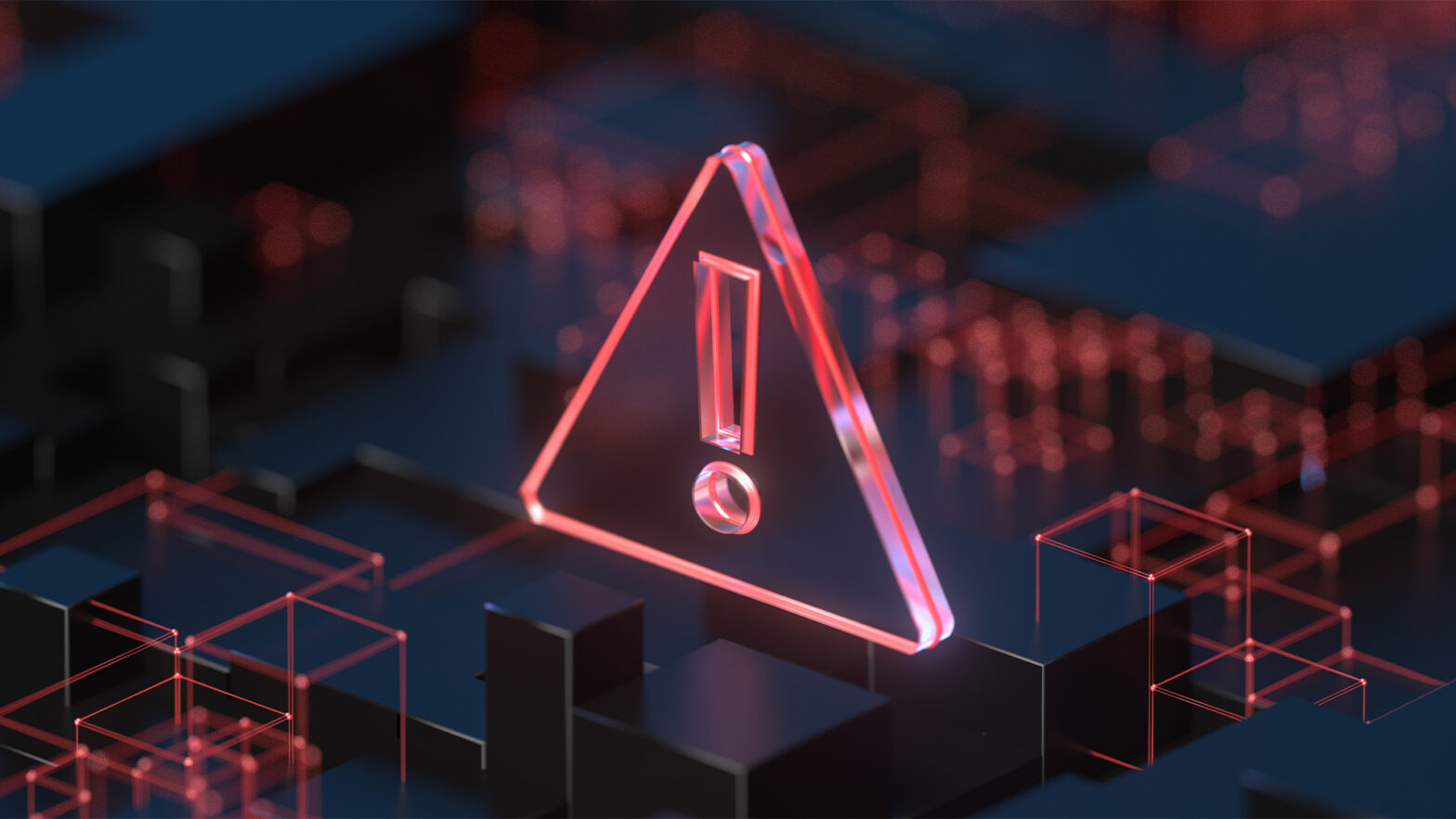
Technology
25 March 2025
Ransomware-As-A-Service Variants on the Rise With Critical Infrastructure Providers at the Greatest Risk

Business Advice
25 March 2025
Claims Processing Automation: How Insurers Can Cut Costs and Improve CX
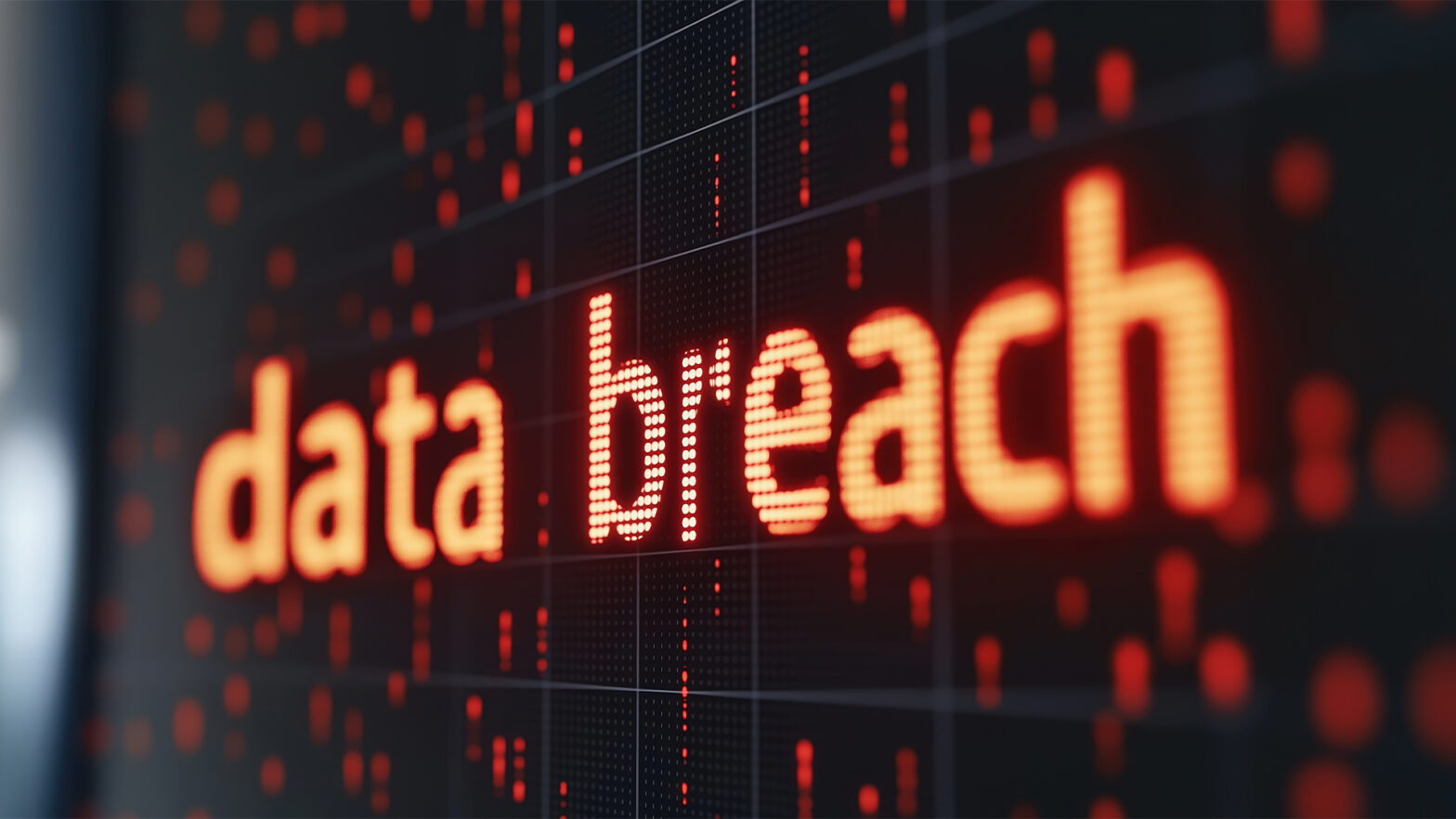
Technology
18 March 2025
Secret Signs Your Internet Security Has Been Compromised



